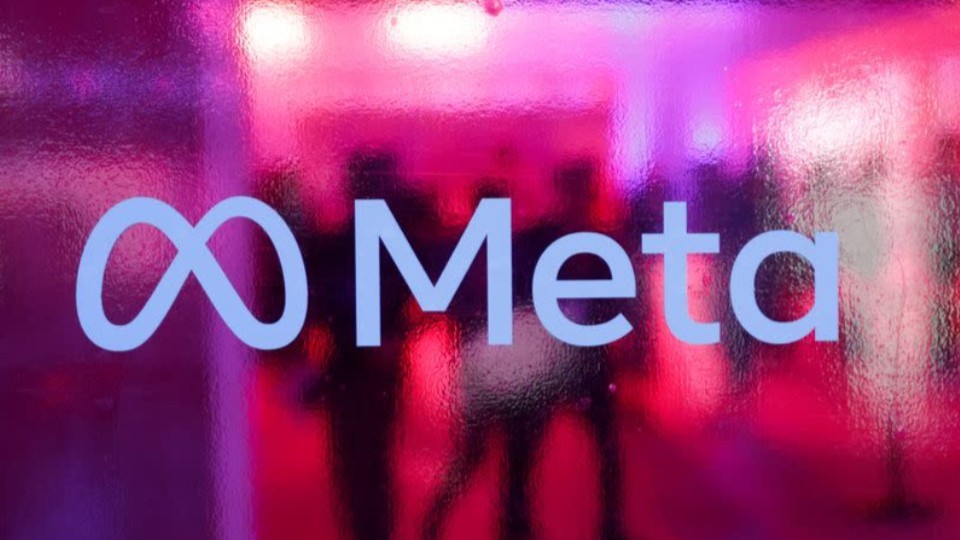
Articles
Tariffs don't all act the same
The Trump administration is set to slap a
broad set of tariffs on imported goods. Similar policies have had a range of
impacts in the past.
President Donald Trump has put tariffs at
the center of his economic policy agenda and expanded their use as a foreign
policy tool as well. Trump used tariffs in his first term, but since regaining
the White House in January he has pushed their use more aggressively than any
other president in modern history. But what typically happens when tariffs are
applied? The import levies coming in April are more extensive than any in
recent U.S. history, but we can still look to past examples to see how they have
affected prices and trade.
Trump famously slapped tariffs of up to 50%
on imported washing machines in 2018, a move that was touted as necessary to
safeguard domestic producers and jobs.
A few foreign producers did rebase some of
their production to the U.S., and domestic manufacturers - mainly Whirlpool -
also boosted employment a bit. A 2020 study published in the American Economic
Review estimated the tariffs may have brought in about 1,800 jobs. But the
resulting price increases meant consumers on the whole paid about $1.5 billion
more annually for their washers.
What’s more, the ripple effects meant that
prices for clothes dryers also shot up - even though they weren't subject to
tariffs. Why? The machines are typically sold together, and companies used
higher dryer prices to offset the hit tariffs delivered to margins on washers.
Also, domestic producers not subject to the tariffs used the moment to raise
their own prices.
Tire tariffs were first introduced in 2009
during the Obama administration to boost domestic production and employment in
the face of an influx of cheap imports from China.
The tariff rate on tires was first set at
35% in 2009. The rate was reduced to 30% in 2010 and to 25% in 2011. The duties
expired in 2012.
They did reduce imports from China but only
minimally to the benefit of domestic producers. Most of it shifted to Latin
America and elsewhere in Asia.
Three years later, Barack Obama in his
State of the Union speech claimed the effort had saved more than 1,000 U.S.
jobs. A Peterson Institute for International Economics study estimated the
saved jobs came with a high price for American consumers: $1.1 billion in
aggregate higher prices in 2011 alone.
However, tariffs don’t always have the same
effect on imported products. Take televisions, for instance. During his first
term, Trump imposed a 25% tariff on electrical machinery and equipment from
China. That included flat-panel television imports, over half of which were
coming from mainland China at the time, according to data from the
International Trade Centre, a joint agency of the United Nations and World
Trade Organization.
Despite the import levies, however, TV
prices continued to fall, although the rate of decline slowed after the tariffs
went into effect. TV prices got a brief boost from the pandemic-era
supply-chain disruptions that helped ignite global inflation starting in 2021,
but not from tariffs.
China had been the top source of TVs sold
in the U.S. in 2017 before Trump hit them with tariffs. Television imports from
China continued to grow, but now a larger share comes from Mexico. Now Trump is
threatening to impose tariffs on all imports from Mexico, which now exports
more goods to the U.S. than any other country.
Smartphones are next
Smartphones avoided getting dinged by
Trump’s tariffs in the first trade war that kicked off in 2018, but may not be
so lucky this time.
Notably, smartphones have gotten “cheaper”
every year since the Bureau of Labor Statistics about five years ago started
tracking their prices as a separate goods category in the monthly Consumer
Price Index. The latest 20% tariff on Chinese imports will apply to several key
Chinese electronics categories untouched by prior duties, including
smartphones.
Source: www.reuters.com
Articles

Rice prices have skyrocketed in Japan - and farmers warn that everyone who eats that disaster could be near
In today's developed economies, lining up...
read more

Zuckerberg is pouring billions into plans for personal superintelligence
Meta (META) CEO Mark Zuckerberg is plowing billions...
read more

Federal Reserve says consumer distress is at a 12-year high
While investors worry about the markets, the Federal Reserve Bank of Philadelphia...
read more
Careers
We are looking to expand our team of highly qualified experts
with professionals that are as motivated as we are...

